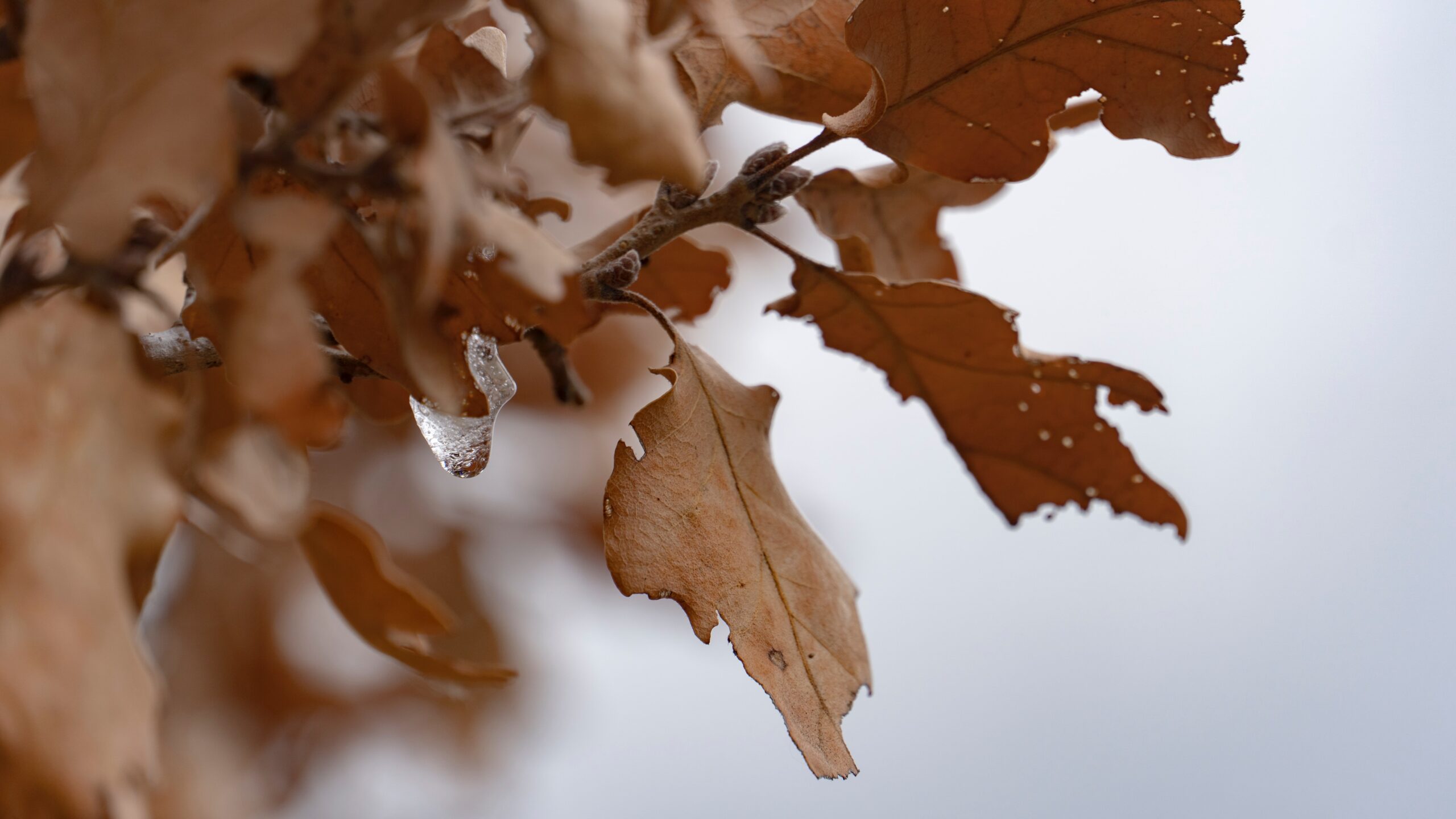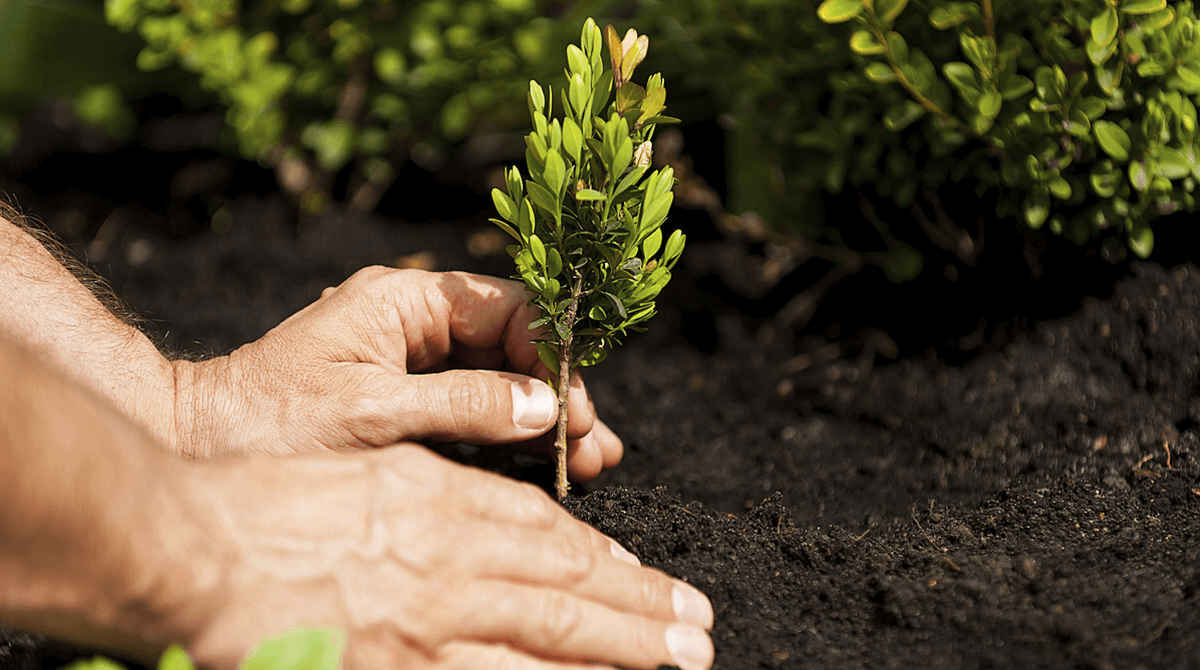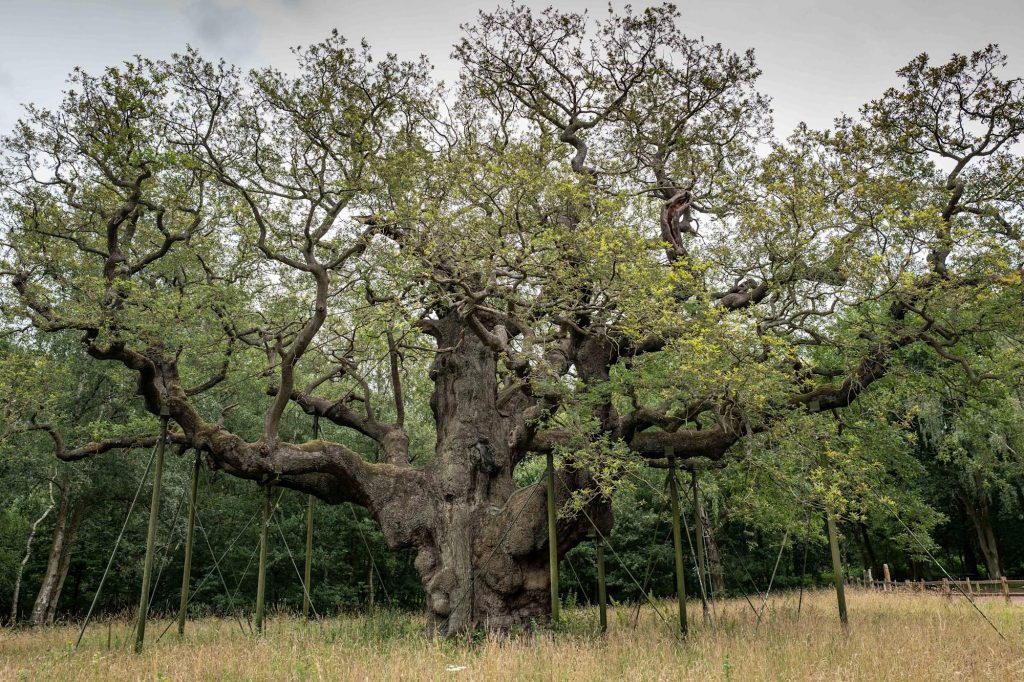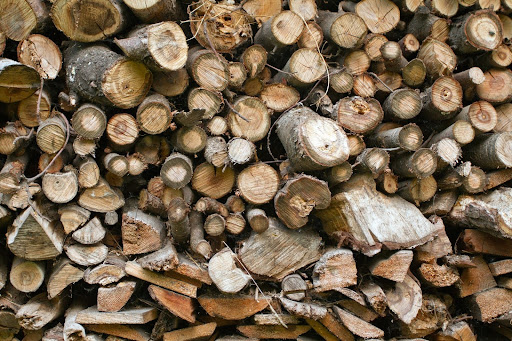
Prevent Oak Wilt in Dallas: Proven Strategies for Protecting Your Trees
Date August 29, 2023
Oak wilt is a deadly disease affecting oak trees in Dallas and other parts of Texas, causing significant damage to the region’s tree population. This devastating disease is known for killing millions of oaks in 76 counties of Central, North, and West Texas, and its impact on the local environment and landscape cannot be overstated. Due to the severity of oak wilt, it is crucial for residents and property owners in the area to take preventive action to protect their trees and minimize the spread of this disease. TreeNewal is committed to helping aid in the prevention and spreading of oak wilt in Dallas and surrounding areas.
There are several key ways to help prevent oak wilt and maintain the health of oak trees in Dallas. Adhering to recommended pruning guidelines, understanding how oak wilt spreads, and promptly addressing signs of infection can make all the difference in preserving the beautiful oak trees that contribute to the vibrancy of the region. Proper prevention and early detection not only save trees but also reduce the costs associated with tree removal and replacement.
By implementing effective prevention measures, like avoiding pruning or wounding oak trees during the vulnerable period from February to June, Dallas residents can play an important role in halting the progression of oak wilt. Supporting public awareness and sharing knowledge about oak wilt prevention and treatment can contribute to the well-being of the entire community, preserving the majestic oak trees that are an essential part of the Dallas environment.
Understanding Oak Wilt
Oak wilt is a highly destructive tree disease caused by the fungus Bretziella fagacearum. This fungus infects the xylem, which are the water-conducting vessels in trees, thereby disrupting the tree’s ability to transport water and nutrients.
The disease primarily affects oak trees and has led to the death of millions of oaks across Central, North, and West Texas. It is crucial for people in areas like Dallas to be aware of the threat that oak wilt poses and take preventive measures to stop its spread.
One of the main transmission methods for the oak wilt fungus is through root grafts between nearby oaks. Healthy oak trees can become infected when their roots come into contact with those of diseased trees. Another way oak wilt can spread is through insect vectors, such as sap-feeding beetles, which transfer the fungus spores from one tree to another.
Early detection of oak wilt is vital for its management. Symptoms include wilting, discoloration, and defoliation, typically starting at the top of the tree and progressing downward. However, it is essential to note that oak wilt may present differently in various oak species.
Preventing the spread of oak wilt involves proper tree care practices. One crucial aspect of prevention is avoiding pruning or wounding oak trees during the critical periods when fungal spores are present and insects are most active, typically from February to June. When pruning is necessary, it’s important to paint any cut surfaces with tree wound paint or latex paint to discourage insects from being attracted to the fresh wounds.
In summary, oak wilt is a deadly tree disease caused by the fungus Bretziella fagacearum, which affects the xylem of oak trees and disrupts their water and nutrient transport. Preventing its spread in areas like Dallas requires early detection, proper tree care practices, and understanding the role of both root grafts and insect vectors in the transmission of the disease.
Oak Wilt in Dallas and Texas
Oak wilt is a highly destructive tree disease that has devastated millions of oaks in 76 counties of Central, North, and West Texas. The Texas A&M Forest Service works tirelessly to prevent the spread of this disease, which has particularly impactful consequences on the oak populations in Dallas and its surrounding areas in North Texas. Texans should be diligent to avoid activities that contribute to the proliferation of oak wilt, especially during the peak infection season, typically lasting from February through June.
There are several ways to help prevent the spread of oak wilt. The Texas A&M Forest Service recommends that Texans avoid pruning or wounding oak trees during the active growing season, especially from February to June. It is essential to be cautious when using pruning tools and machinery around oaks to avoid wounding and spreading the disease. Additionally, tree wounds should be treated promptly using paint or other occlusive materials to seal them effectively.
Another critical step in preventing the spread of oak wilt in North Texas is proper disposal of infected tree debris and firewood. Oak wilt spreads through interconnected root systems and by sap-feeding beetles that are attracted to fresh tree wounds. Proper disposal methods include burying or chipping infected material and covering firewood stacks with clear plastic to prevent beetle transmission.
Taking early precautions is crucial for preventing the spread of oak wilt in Dallas and across Texas. Consulting with local arborists to identify signs of the disease and discussing effective management practices can significantly reduce the risk of losing oak trees to this destructive pathogen. By following the Texas A&M Forest Service’s recommendations and staying informed, Texans can play a vital role in combating oak wilt and safeguarding their state’s invaluable oak population.

Types of Oaks Affected
Oak trees in Dallas, particularly live oaks, red oaks, and white oaks, are susceptible to oak wilt, a serious disease that can cause rapid decline and death in affected trees. Understanding which types of oaks are affected can help in the prevention and management of oak wilt in the region.
Live oaks are evergreen oak trees that are common in Texas and are known for their distinctive, twisting branches. These trees are particularly vulnerable to oak wilt as the disease can spread through their interconnected root systems. Although they are not as susceptible to the disease as red oaks, live oaks can still suffer significant damage from oak wilt infection, often exhibiting wilting, defoliation, and branch dieback.
Red oaks, including Texas red oak and Shumard oak, are highly susceptible to oak wilt; they can die within one month of infection. The fungus causing oak wilt spreads rapidly among red oaks, causing the trees to lose their leaves and eventually die. Infected red oaks are a major concern for the management of oak wilt, as they often serve as a source of infection for other susceptible oak species in the area.
White oaks, while not as common in North Texas, are also susceptible to oak wilt. However, white oak trees, such as bur oak and post oak, are generally more resistant to the disease than red or live oaks. Although less severely affected by oak wilt, white oaks can still suffer from discolored and wilting leaves as well as branch dieback.
In summary, oak wilt affects various types of oak trees in Dallas, including live oaks, red oaks, and white oaks. Preventive measures, early detection, and appropriate management practices are essential to help preserve the health of these valuable trees in the region.
Infections and Its Propagation
Oak wilt is a fungal disease that primarily affects oak trees, causing severe damage and even death. The infection begins when the fungal pathogen enters a tree through fresh wounds, such as those caused by pruning or storm damage. Once inside the tree, the fungus grows and spreads through the water-conducting system, blocking the flow of water and nutrients and ultimately causing the tree to wilt and die.
The primary means of oak wilt propagation is through interconnected root systems between infected and healthy trees. Roots of adjacent trees can naturally graft together, allowing the fungal pathogen to spread from an infected tree to neighboring trees. In severe cases, entire groups of live oaks can be affected due to their extensive root systems.
Another mode of infection involves fungal mat production beneath the bark of infected trees. These fungal mats produce spores that can be carried to healthy trees by sap-feeding beetles. These beetles are attracted to fresh wounds on trees, where they inadvertently introduce fungal spores while feeding on the sap. Once the spores gain entry to a healthy tree, the infection process begins anew.
In order to prevent the further spread of oak wilt, it is essential to manage and control both the root connections between infected trees and the spore mats produced by fungal mats. To restrict the spread via root connections, trenches can be dug around a group of trees, at least 100 feet away from the dripline of infected trees and at least 4 feet deep, or deeper, to sever all root connections. Fungicide injections can also be utilized as a common management method.
By understanding the infection process and propagation methods of oak wilt, such as the role of infected trees, fungal mat production, and sap-feeding beetles, we can take crucial steps in preventing this devastating disease from causing widespread destruction to our valuable oak tree population.
Symptoms of Oak Wilt
Oak wilt is a devastating disease that affects oak trees in Dallas and other parts of Texas, causing severe damage and even death to millions of trees. It is essential to understand the key symptoms of oak wilt to prevent its spread and mitigate its impact on the urban and natural environment.
One of the primary symptoms of oak wilt is the development of necrosis, or the death of plant tissue, in the leaves. This can manifest as leaves turning red or brown, typically during the summer months. The affected leaves may also exhibit a pattern of brown veins, signifying venial necrosis.
Veinal necrosis, or the discoloration and death of the leaf veins, is a clear indicator of oak wilt infection. This can be observed as brown or red streaks along the leaves’ veins, resulting from the tree’s vascular system being compromised by the fungus responsible for the disease.
In some cases, oak wilt may also lead to the appearance of yellowing leaves, often accompanied by drooping or wilting. This symptom, combined with the presence of venial necrosis, suggests the advanced stages of the disease and highlights the need for immediate action to prevent its further spread.
Early detection of these symptoms is crucial in effective oak wilt management, as it enables arborists and tree care professionals to intervene before extensive damage occurs. By being aware of the signs of oak wilt, residents and property owners in Dallas can play a pivotal role in protecting the city’s oak tree population and preserving its urban forest.
Preventing and Controlling Oak Wilt
Preventing oak wilt is crucial in Dallas, as it is a destructive tree disease that can have a significant impact on the city’s oak tree population. Employing proper prevention techniques can help minimize the effects of this tree disease on the urban forest.
One critical aspect of prevention is timely and appropriate tree care. Engaging certified arborists or municipal foresters to assess your trees’ health and potential risk factors is essential. These professionals can create a community prevention plan that outlines the necessary steps to protect oak trees and prevent the spread of oak wilt.
Part of an effective prevention strategy is avoiding tree pruning during oak wilt’s active transmission season. Abstain from pruning oak trees between February and June, when the disease-spreading insects are most active. Should trimming be necessary due to an emergency, always apply wound paint to seal the injury and prevent insect attraction.
A diverse tree population can also mitigate oak wilt’s impact. Consider planting other tree species alongside oaks, creating an ecological buffer against the disease’s spread. Encouraging the growth of different tree varieties within your community can work wonders in impeding the rampant transmission of oak wilt.
In some cases, a fungicide injection may be administered to prevent or control oak wilt. This method requires the expertise of a certified arborist, who can determine the appropriate steps and timing for fungicide treatment. Keep in mind that this approach may not be suitable for all situations and needs to be considered on a case-by-case basis.
In conclusion, taking a proactive approach towards prevention and control of oak wilt, involving certified arborists and municipal foresters in the process, and implementing a community prevention plan that includes proper pruning techniques, tree diversity, and possible fungicide injections can help protect the oak trees in Dallas and maintain the city’s urban forest.
Factors Contributing to the Spread of Oak Wilt
Oak wilt is a devastating disease affecting oak trees, and preventing its spread is essential for maintaining healthy tree populations. There are several factors contributing to the spread of oak wilt, including both human and natural causes.
One major contributing factor is the creation of wounds on oak trees. Wounds can result from pruning, construction activities, livestock, lawnmowers, string trimmers, and storms. These wounds serve as entry points for the fungus responsible for oak wilt, Bretziella fagacearum, allowing it to infect the tree’s water-conducting vessels and eventually killing it. To decrease wound attractiveness to insects, it is advised to paint fresh wounds on oaks regardless of the time of year.
Storm damage is another major cause of wounds that can expose trees to oak wilt. During storms, trees often suffer from broken branches or torn bark. Such damages create additional opportunities for the fungus to infiltrate and infect trees, thus exacerbating the spread of the disease.
The root systems of oak trees also play a role in the spread of oak wilt. Root grafts between neighboring oak trees make it easier for the fungus to transfer from an infected tree to a healthy one. As the fungus spreads through the root system, more trees within the area become infected and weakened, leading to a domino effect of tree deaths.
Finally, insect populations can contribute to the spread of oak wilt. The use of infected firewood or wood products can unintentionally introduce the fungus to previously uninfected neighborhoods and properties. Once the fungus is present, insects, particularly sap-feeding beetles, can inadvertently spread oak wilt spores as they move from one tree to another.
Preventing the spread of oak wilt is crucial for the health of oak tree populations. Addressing the various factors contributing to its spread, such as wounds, storm damage, root grafts, and insect populations, can save countless trees from infection and death.
Don’t Let Oak Wilt Destroy Our Treasured Trees! Oak wilt is wreaking havoc on Dallas’s majestic oak trees, with millions already fallen victim across Texas. If you value the beauty and health of our local environment, oak wilt prevention in Dallas should be your top priority. Since 2017, TreeNewal has been the trusted partner in the Dallas and Fort Worth Metroplex for effective oak wilt prevention. Take action today and protect your trees! Partner with TreeNewal and be a part of the solution.









